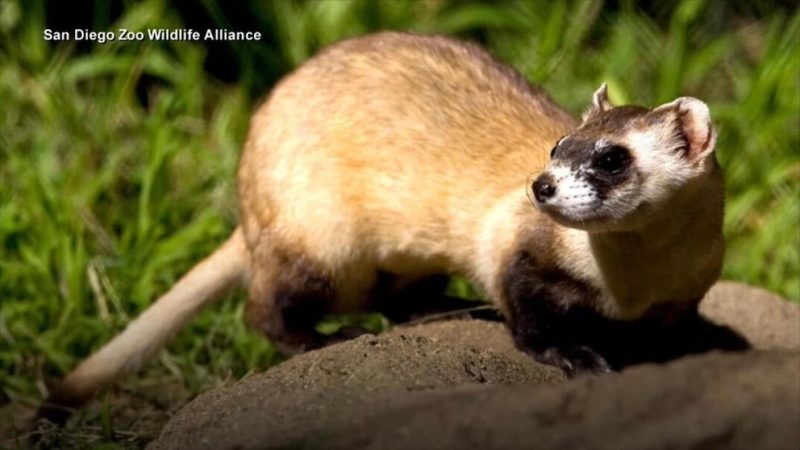
The San Diego Zoo is engaged in a groundbreaking, high-stakes endeavor: cloning endangered species to prevent their extinction. Using preserved DNA, scientists are attempting to bring back animals lost to habitat destruction, poaching, and climate change. This ambitious project represents a race against time, as many species are teetering on the brink of complete disappearance.
The zoo’s team is employing cutting-edge cloning technology, a complex process that involves extracting DNA from frozen tissue samples, inserting it into a donor egg, and then implanting the resulting embryo into a surrogate mother. Success is far from guaranteed; it’s a delicate and often unpredictable procedure with a relatively low success rate. However, the potential rewards – preserving irreplaceable biodiversity – are immense.
This initiative isn’t just about bringing back individual animals; it’s about bolstering the genetic diversity of endangered populations. Low genetic diversity makes species more vulnerable to disease and environmental changes. Cloning can introduce new genetic material, increasing the resilience of these populations and their chances of long-term survival.
While cloning offers a glimmer of hope, it’s crucial to remember that it’s not a silver bullet solution. The underlying causes of extinction – habitat loss, climate change, and human conflict – must be addressed. Cloning should be considered a supplementary tool, not a replacement for conservation efforts focused on protecting natural habitats and combating the threats to endangered species in the wild.
The San Diego Zoo’s cloning program is a testament to human ingenuity and our commitment to preserving the planet’s incredible biodiversity. It highlights the innovative approaches being used to tackle the extinction crisis, offering a potential lifeline to species on the verge of disappearing forever. However, the long-term success of this approach hinges on a broader commitment to environmental protection and sustainable practices. The future of these endangered species depends on both technological advancements and a fundamental shift in our relationship with the natural world.









